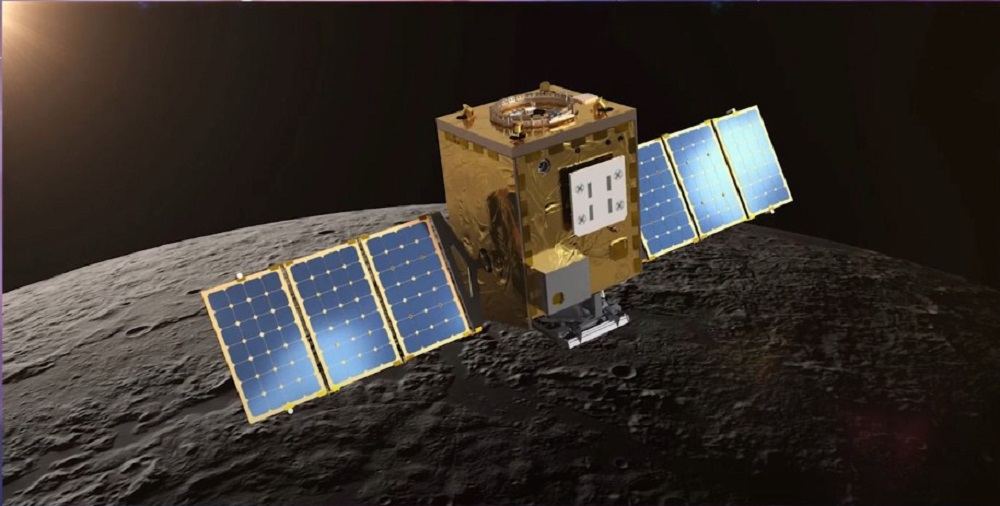The Lunar Trailblazer mission is nearly set to launch.
The Lunar Trailblazer satellite, manufactured by Lockheed Martin, measures 11.5 feet (3.5 meters) in width and weighs approximately 440 pounds (200 kilograms). When it launches no earlier than 2024 on an undetermined rideshare mission with the Intuitive Machines IM-2 mission, it will endeavor to survey the abundance and distribution of water on the moon’s surface.
The University of Oxford in England has recently delivered the Lunar Thermal Mapper (LTM) sensor, the second of the satellite’s two instruments. According to a Jet Propulsion Laboratory (JPL) statement, LTM is designed to use infrared radiation to map the surface temperature of the moon as well as variations in the minerals that make up the lunar surface. This will enable the satellite to identify locations on the moon where water may be present.
University of Oxford physicist Neil Bowles said in a statement, “Designing, building, testing and now delivering LTM for its trip to the moon is a fantastic example of the innovative and dedicated teams at Oxford and across the U.K., especially given the challenges of the recent pandemic,.” “The data from the mission will help us to understand how water is transported across the surface and potentially captured in cold traps near the lunar poles, allowing follow-up from future human robotic exploration.”
Read Also: Emergence of a Highly Mutated COVID Variant in Michigan
Advanced Lunar Instrumentation: Unveiling Water Traces with NASA’s HVM3 Technology

In 2021, the High-resolution Volatiles and Minerals Moon Mapper (HVM3), which was constructed by NASA’s Jet Propulsion Laboratory in Southern California, was installed on the satellite. It is designed to measure the spectra of sunlight reflected off the moon to detect the chemical signature of any possible water on the lunar surface.
“The Lunar Trailblazer mission will bring us fascinating insight into the nature of water on the moon, which will improve our understanding of our natural satellite and how we could harness its resources to support exploration in the future,” said Libby Jackson, Head of Space Exploration at the UK Space Agency.
Lunar Trailblazer joins an expanding list of probes and landers en route to the moon to seek for water ice that could be utilized by future crewed missions to the natural satellite of Earth. Along with the Artemis 1 mission, NASA launched the LunaH-Map cubesat in November 2022, which was designed to detect water ice on the lunar surface.
And NASA’s ShadowCam onboard the Korea Pathfinder Lunar Orbiter (KPLO) has been charting potential landing sites near the south pole of the moon, where the crewed Artemis 3 mission is expected to land in 2025 if all goes according to plan. It is believed that the lunar south pole contains abundant water ice that could be utilized by future moon explorers.
Not only the United States is searching for water ice on the moon. Both the Luna-25 mission from Russia and the Chandrayaan-3 mission from India are expected to impact on the moon this month in search of lunar water.
Read Also: The Genetic Echoes of Millennia: Traces of Plagues Across 10,000 Years Revealed in Human DNA
Source: Space



